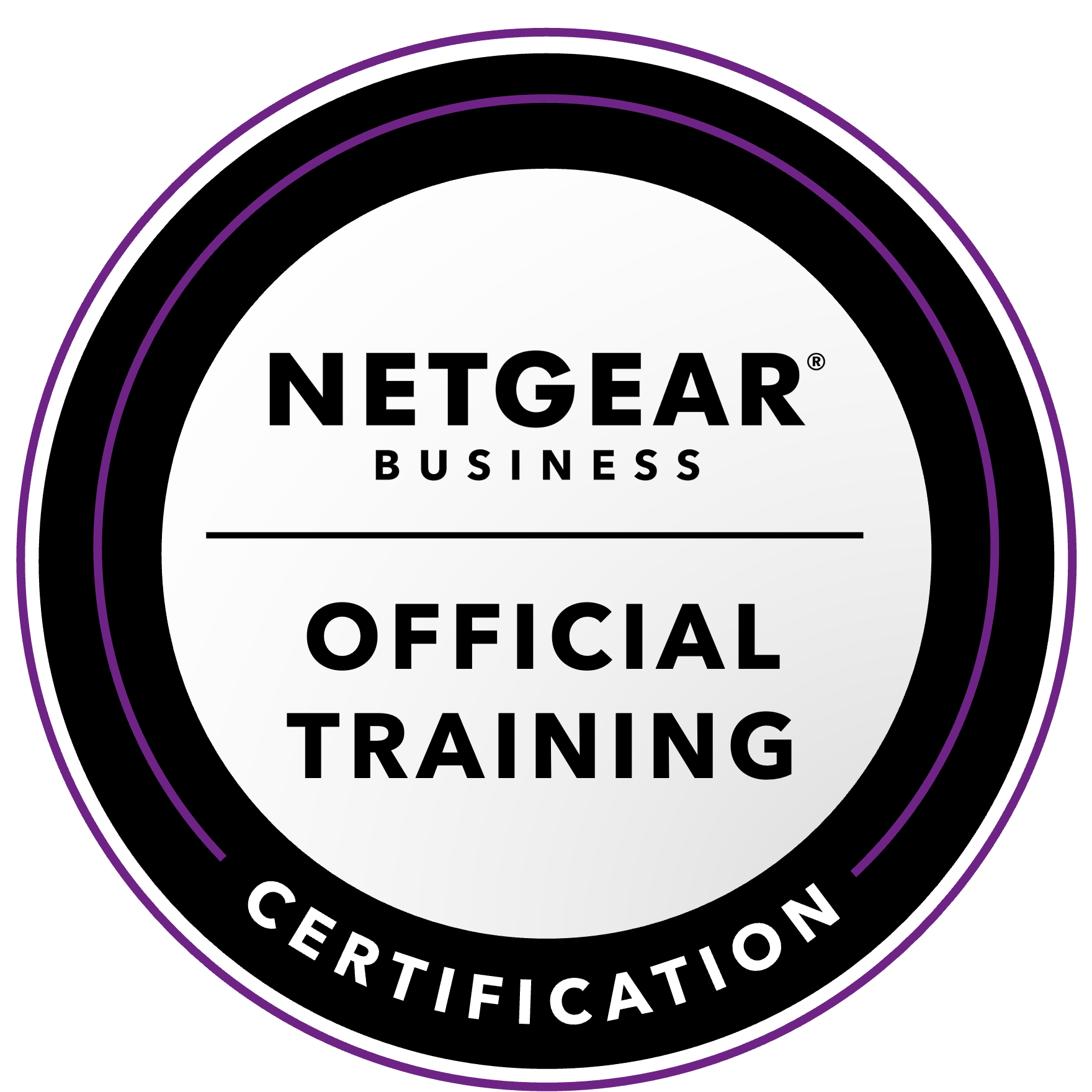NETGEAR is aware of a growing number of phone and online scams. To learn how to stay safe click here.
Forum Discussion
Koloni
Oct 03, 2022Aspirant
ReadyNAS Duo Mac OS 12.6 Monterey
Having used ReadyNAS Duo v1 (RND2110) on a MacBook Pro all the way back to 2010, I would like to use it on my new MacBook Pro M1 Pro.
Is this possible?
How mot do it?
How to configure?
What to download?
Thanks for any answer.
5 Replies
Replies have been turned off for this discussion
- StephenBGuru - Experienced User
Koloni wrote:
Having used ReadyNAS Duo v1 (RND2110) on a MacBook Pro all the way back to 2010, I would like to use it on my new MacBook Pro M1 Pro.
Is this possible?
How mot do it?
How to configure?
What to download?
Thanks for any answer.
Note that I'm not a Mac user.
There are challenges - the NAS only supports SMB 1, which I think Apple has deprecated. AFP and NFS are other options, though I think AFP is also being phased out. FTP could be used, though with finder it would be read-only. You could still get write access with third-party software (for instance FileZilla).
Are AFP and NFS enabled for the NAS shares?
What happens if you try to connect to the NAS with Finder?
- KoloniAspirant
Current system info: MacBook Pro (16 inch, 2021), Apple Pro M1, MacOS 12.6 Monterey.
In opening Finder I can see the ReadyNAS's two "virtual" disks:
smb://nas-53-CB-3B (CIFS)._smb._tcp.local
afp://nas-53-CB-3B (AFP)._afpovertcp._tcp.local
By "Connect to Server ..." the following folders of both volumes show up: backup and media.
"Backup" is empty on both volumes, "media" has the following folders in both volumes: BitTorrent, Documents, DVD Projects, Fotos, iMovie Events, Music, Pictures, Videos.
In Finder on my older MacBook Pro (15 inch, 2.4/2.2 GHz), 2,2 GHz Intel Core 2 Duo, MacOS 19.11.6 El Capitan, I find a third ReadyNAS volume nas-53-CB-3B, that contains a folder ReadyNAS. I have never bothered to investigate why three volumes exist. I had TimeMachine installed from the very beginning (2010) and had always TimeMachine backup without a hick-up. Later I added other occasional files. The AFP and the CIFS seemed to be identical.
I read that AFP should be replaced by SMB, but I might be mistaken.
I guess that I can use either ForkLift (part of SetApp bundle) or FileZilla.
My big question: can I use TimeMachine v1.3 from my MacBook Pro M1 with the NetGear’s ReadyNAS Duo v1 (RND2000v1) without any problems in the future or would it be better to invest in a new ReadyNAS? I might not have it so easy to connect with older ReadyNAS models.
- StephenBGuru - Experienced User
What firmware are you running?
Koloni wrote:
In opening Finder I can see the ReadyNAS's two "virtual" disks:
smb://nas-53-CB-3B (CIFS)._smb._tcp.local
afp://nas-53-CB-3B (AFP)._afpovertcp._tcp.local
By "Connect to Server ..." the following folders of both volumes show up: backup and media.
"Backup" is empty on both volumes, "media" has the following folders in both volumes: BitTorrent, Documents, DVD Projects, Fotos, iMovie Events, Music, Pictures, Videos.
These aren't virtual disks. AFP and SMB are two different protocols used to access the NAS. In your case, both the backup and media shares (not volumes) are shared using both protocols. So two different methods of accessing exactly the same folders.
FWIW, nas-53-CB-3B is just the name of your NAS - you apparently never renamed it.
Koloni wrote:
In Finder on my older MacBook Pro (15 inch, 2.4/2.2 GHz), 2,2 GHz Intel Core 2 Duo, MacOS 19.11.6 El Capitan, I find a third ReadyNAS volume nas-53-CB-3B, that contains a folder ReadyNAS.
Likely you are logging into the NAS using different credentials on this MacBook. ReadyNAS is probably the username - in which case this is called a "home" or "private" folder. Does it have any data in it.
Koloni wrote:
My big question: can I use TimeMachine v1.3 from my MacBook Pro M1 with the NetGear’s ReadyNAS Duo v1 (RND2000v1) without any problems in the future or would it be better to invest in a new ReadyNAS? I might not have it so easy to connect with older ReadyNAS models.
Netgear stopped building the Duo v1 back in 2011, so you have a NAS that is at least 11 years old. The last (and final) firmware update was in 2017. So while TimeMachine might work now (no idea, as I am not a Mac user), there likely will be issues down the road - if nothing else, your NAS will eventually fail.
I don't think you'll find a new ReadyNAS out there though - inventory is very scarce. Though Netgear hasn't said anything, most of the regulars here suspect they have quietly exited the business. They are still providing firmware releases, but generally no new features - mostly security updates. So you'd need to look into other brands.
Related Content
NETGEAR Academy

Boost your skills with the Netgear Academy - Get trained, certified and stay ahead with the latest Netgear technology!
Join Us!
